The happiest thing that happens in May is the coming into leaf of my long beech hedge. The shift from brown to green symbolises, for me, an annual economic revival — of openings, reopenings and entrepreneurial optimism. This year, after April’s frosts on the end of a dismal winter, it was especially welcome. And as revival collides with new fears of ‘the Indian variant’, I’m clinging to optimism while watching for new-season winners and losers. In that spirit, I’ll make this column a collage of consumer themes.
First — though I’m not sure what this symbolises — a friend tells me he celebrated relative freedom by driving to Bicester Village to buy ten pairs of Y-fronts. Chacun à son goût: I’m reminded that I used occasionally to dive into the Debenhams menswear basement in Oxford Street in search of Calvin Kleins. But what a dull dog that store chain had become long before lockdown sealed the fate of its last 28 outlets, which closed for good a few days ago. A classic case of modernising too late in a fast–changing marketplace; no wonder not even Mike Ashley could think of a way to save it.
Then again, I preferred Debenhams’ echo of Are You Being Served? to that apotheosis of ‘experiential’ retail that is the Apple Store in Covent Garden. Designed for the committed Apple user in search of advice and upgrades, rather than passing trade, the place is more therapy clinic than conventional shop. At my booked appointment last week, I half expected Prince Harry to pop up and lecture me on self–actualisation. Instead I waited half an hour for a consultant to discuss my tech problems — and was told I could not buy a printer because there’s a global shortage. ‘Try John Lewis,’ another assistant whispered.
Surely she didn’t mean the outmoded home-furnishings emporium that’s scorned in Downing Street and fading almost as fast as Debenhams? But guess what I found: a survivor from an earlier era whose website is slick, its stock ample and its delivery service exemplary. Good old John Lewis.
Posh paint
Then there’s Farrow & Ball, the purveyor of posh paint that has just been sold for £500 million, the price evidently reflecting a 30 per cent sales surge during last year’s lockdown home-improvement boom. The buyer is Hempel, a Danish coatings manufacturer, and the deal offers a glimpse of money-making pass-the-parcel: the seller, Los Angeles-based private equity firm Ares Management, bought F&B for £275 million in 2014 from another investor, European Capital, which paid £86 million for it in 2006.
Those are rich returns. But is F&B a good buy now, if most of us aren’t going to redecorate for another seven years? And as it migrates from middle-class niche to mass market, is it a good buy at all — despite the seductive appeal of shades such as Pale Hound and Peignoir — if the intellectual property you might think is inherent in its distinctive colours can never be protected? My local decorating centre features a full F&B sales display and would have charged £90 for five litres of the handsome Red Earth emulsion I chose for my hallway; but within two minutes, the Johnstone’s Trade mixing machine on the other side of the shop had matched it exactly for £34.99. That’s not a business model at which I’d rush to throw half a billion.
Farewell Searle & Co
City veterans will be saddened by the passing of Searle & Co, the jeweller and silversmith on the Cornhill flank of the Royal Exchange, which will close at the end of June after 128 years in business. The founder was one Walter Henry Searle — who I like to imagine supplying bespoke bijoux for the mistresses of the Edwardian stockbroking grandee Gerard Lee Bevan (later a convicted fraudster and the subject of my book Fortune’s Spear) whose office was nearby. Indeed, it was after a spot of bother in share dealings — which might well have been tips from Bevan — that the business passed in 1907 from Walter to the dynasty of whom the last managing director, Nigel Bird, is the fourth generation.
Other upmarket brands — Smythson, Montblanc, the perfumier Jo Malone — cling on in the half-deserted Royal Exchange precinct. But who might successfully take over the narrow Aladdin’s Cave that was Searle’s? If it’s a question of what expensive trinkets today’s City players like to buy for their paramours, I suppose it could become a cryptocurrency kiosk.
Bring back cash
Last Saturday, millions of Santander customers were unable to make online payments ‘or even buy food at the supermarket’, as Sky News put it. The Spanish-owned retail bank’s day-long computer glitch was proof that anything electronic is bound at some time to go haywire: similar crises afflicted RBS in 2012 and TSB in 2019. It was also a reminder that the continuing shift towards a cashless and contact-less economy — accelerated by hygiene considerations during the pandemic — brings its own set of perils.
Techies point out that banknotes require secure distribution through bank branches and ATMs, both of which are rapidly shrinking in number, and are susceptible to theft with violence. The future, they say, is ‘digital cash’ in the form of tokens that can be stored in and spent from mobile devices without creating a data trail of the holder’s receipts and spending; mobile payment systems now widely used in Africa provide a partial model. The young — oblivious to online fraud, digital meltdown and the risk of their mobiles being pinched from their back pockets — now hardly use cash at all.
But the old still prefer it because it is robust, tangible, adorned with portraits of the Queen, and easily stored under the bed. So let’s start a campaign to save it. Before you offer a plastic card in any shop, restaurant or taxi, demand loudly and imperiously: ‘Do you take cash?’
Got something to add? Join the discussion and comment below.
Get 10 issues for just $10
Subscribe to The Spectator Australia today for the next 10 magazine issues, plus full online access, for just $10.
You might disagree with half of it, but you’ll enjoy reading all of it. Try your first month for free, then just $2 a week for the remainder of your first year.



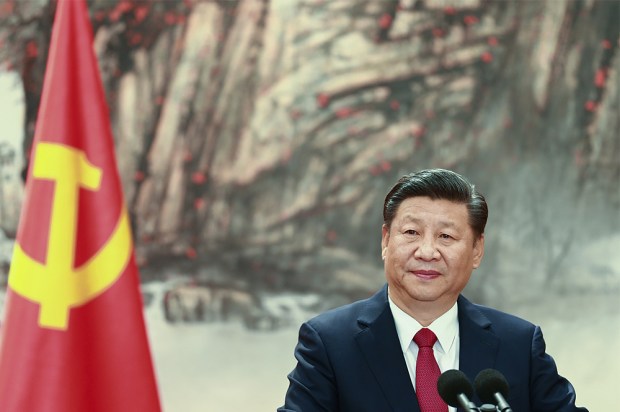
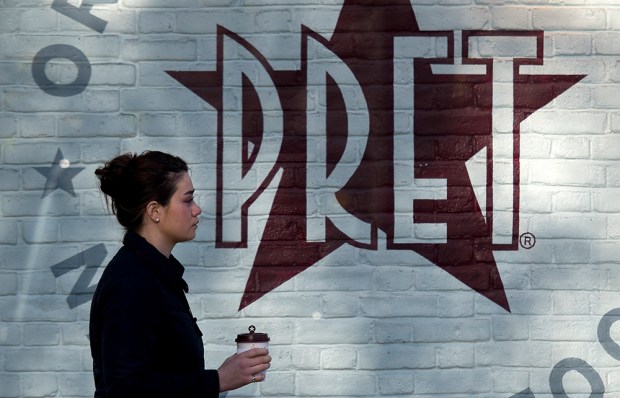
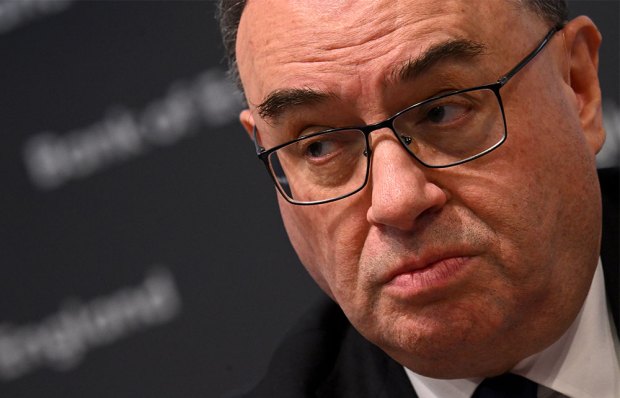
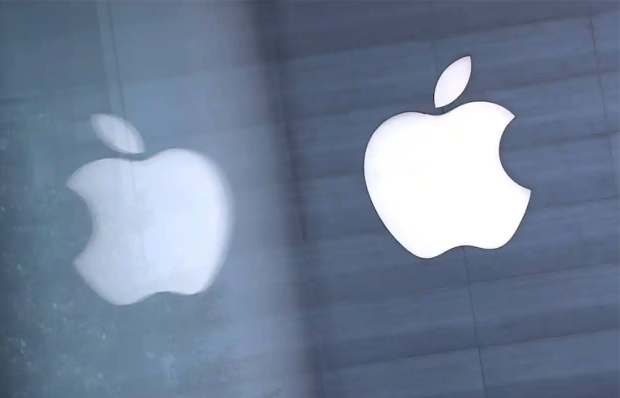
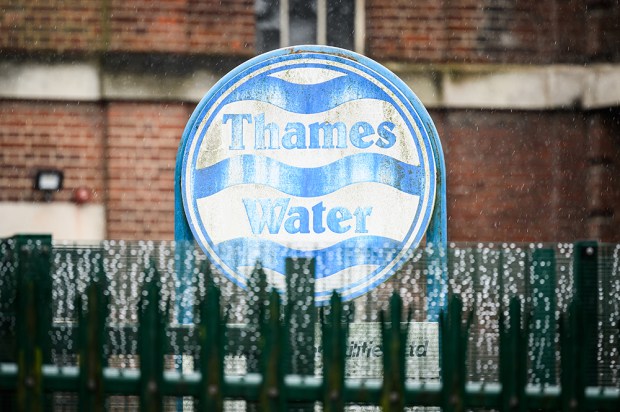







Comments
Don't miss out
Join the conversation with other Spectator Australia readers. Subscribe to leave a comment.
SUBSCRIBEAlready a subscriber? Log in